What’s the Buzz
The Bee Healthy Blog
What Are the Most Addictive Drugs You Can Be Prescribed?

When we talk about addiction, the first thing that usually comes to mind for most people is alcohol abuse, alcohol addiction or misuse, and substances that have no accepted medical use, such as heroin, LSD, ecstasy, and cocaine. While there’s no doubt that these illicit drugs are some of the most addictive substances available, a person can also develop a drug dependence on a medication that is a legal substance prescribed by a healthcare provider.
In fact, according to the National Institute on Drug Abuse, 5.1% of the US population over the age of 12 years (over 14 million Americans) reported misusing psychotherapeutic prescription drugs in the past 12 months (2021 data). Prescription drug misuse is a major risk factor for developing misuse and addiction, leading to psychological and physical dependence on prescription medications.
Please continue reading to learn which prescription medications are highly addictive.
What is prescription drug addiction?
Prescription drug misuse is defined as:
- Taking medication at a dose or in a manner other than prescribed, for example, taking a higher dose or more frequent doses of opioid painkillers or anti-anxiety medicines.
- Taking medication prescribed to someone else, for example, taking a family member’s pain pills, even if it is to relieve pain caused by a factual disease.
- Taking a prescription medication for non-medical reasons, for example, taking opioid pain medications to experience euphoria or intense high.
Misuse of prescription drugs can have serious health consequences. It can lead to psychological and physical dependence on the medication, drug cravings, and severe withdrawal symptoms. Addiction can put people at risk of overdose and death.
Over the past two decades, treatment admissions for substance use disorders involving prescription medicines, as well as overdose deaths involving prescription drugs, have been rising in the US. Drug overdose deaths in the US involving prescription opioids rose from 3,442 in 1999 to 16,706 in 2021.
Which are the most addictive prescription drugs?
The Drug Enforcement Administration (DEA) classifies illicit substances and prescription drugs into five separate categories based on their potential for abuse and addiction under the Controlled Substance Act.
Schedule I drugs have the maximum potential for abuse and include substances such as heroin, LSD, and ecstasy that have no currently accepted medical use.
Schedule II drugs also have a high potential for abuse and include illegal drugs such as cocaine, but also prescription medicines such as opioid painkillers and stimulant medications used to treat attention deficit hyperactivity disorder (ADHD).
Schedule III drugs have a lower potential for abuse compared to Schedule I and II drugs and include anabolic steroids, testosterone, and Tylenol with codeine (less than 90 mg of codeine per dosage unit).
Schedule IV drugs have a much lower potential for abuse and addiction compared to Schedule I, II, and III drugs and include sedative hypnotics like benzodiazepines (diazepam — Valium, alprazolam — Xanax, lorazepam — Ativan) and zolpidem (Ambien) and muscle relaxants like carisoprodol (Soma).
Schedule V drugs have the least potential for abuse on the Drug Enforcement Administration list and include anti-diarrhea medications like Lomotil, cough medications like Robitussin AC, and pain medications like Lyrica.
What are some commonly prescribed drugs that are highly addictive?
Opioid Painkillers
These medications include oxycodone, hydrocodone, codeine, morphine, fentanyl, meperidine, and other opioids. They are powerful pain medications that carry serious risks. Opioid pain pills are very useful in managing short-term severe pain and chronic pain that does not respond to other therapies. They provide pain relief by altering the levels of certain natural chemicals in the brain, such as dopamine levels, and change the way a person perceives pain. However, opioid painkillers are some of the most addictive prescription drugs available in the United States.
People who are addicted to opioids can develop life-threatening opioid withdrawal when they stop using the drugs. Symptoms may include drug cravings, trouble sleeping, runny nose, watery eyes, goosebumps, muscle aches, nausea, vomiting, diarrhea, rapid breathing, fast heart rate, high blood pressure, cold flashes, sweating, and yawning.
Prescription Stimulants
These medicines are used to treat ADHD and narcolepsy. Examples include dextroamphetamine (Dexedrine), methylphenidate (Concerta, Ritalin), and dextroamphetamine and amphetamine combination (Adderall). Their chemical composition is similar to methamphetamine in rock form (crystal meth), an illegal addictive substance. Some people misuse a psychoactive drug by swallowing, snorting, smoking, or injecting it to increase focus, euphoria, and for increased energy.
Misuse of prescription stimulants can lead to substance abuse and addiction and carries a risk of overdose. Side effects of stimulant drug use include anger, paranoia, psychosis, heart problems, including heart attack, nervous system problems, including seizures, and stomach issues, including abdominal pain and decreased appetite. Common signs and symptoms of withdrawal from these drugs include sleep problems, poor concentration, fatigue, mood swings, and depression.
Sedative Hypnotics and Tranquilizers
Medications used to treat insomnia and anxiety, such as benzodiazepines (Xanax, Valium, Ativan) and zolpidem (Ambien), and muscle relaxants, such as carisoprodol (Soma), are some of the most addictive drugs you can be prescribed. Many people develop a physical and psychological dependence on these drugs due to misuse or self-medication (increasing the dose or dosage frequency and asking for early refills). Others misuse them for their euphoric effects (intense high), unaware of their addictive nature.
Negative consequences of misusing sedative-hypnotics include withdrawal symptoms such as anxiety, agitation, violent behavior, memory problems, trouble concentrating, increased heart rate and blood pressure, increased body temperature, sweating, hallucinations, and seizures. With larger doses of sedatives, the withdrawal symptoms can be similar to alcohol withdrawal (delirium tremens).
What is the treatment for prescription drug addiction?
Addiction treatment for prescription drug abuse depends on the type of drug, the severity of the addiction, other substances being used, and the unique needs of the individual. Successful rehab from prescription drug addiction typically requires a multimodal approach with treatment options such as detoxification, counseling, behavioral therapies, and medication-assisted treatment. It’s important to get professional help and not quit the drugs cold turkey at home because withdrawal symptoms from some of the most addictive prescription drugs can be life-threatening, and a large percentage of people end up relapsing after trying to quit cold turkey.
References:
- https://www.dea.gov/drug-information/drug-scheduling
- https://nida.nih.gov/publications/research-reports/misuse-prescription-drugs/what-scope-prescription-drug-misuse
- https://nida.nih.gov/research-topics/trends-statistics/overdose-death-rates
- https://nida.nih.gov/publications/research-reports/misuse-prescription-drugs/overview#
- https://nida.nih.gov/publications/research-reports/misuse-prescription-drugs/what-classes-prescription-drugs-are-commonly-misused
- https://www.fda.gov/drugs/information-drug-class/opioid-medications#:
- https://www.ncbi.nlm.nih.gov/books/NBK526012/
- https://nida.nih.gov/publications/drugfacts/prescription-stimulants#:
- https://www.ncbi.nlm.nih.gov/pmc/articles/PMC4553644/
- https://nida.nih.gov/publications/research-reports/misuse-prescription-drugs/how-can-prescription-drug-addiction-be-treated


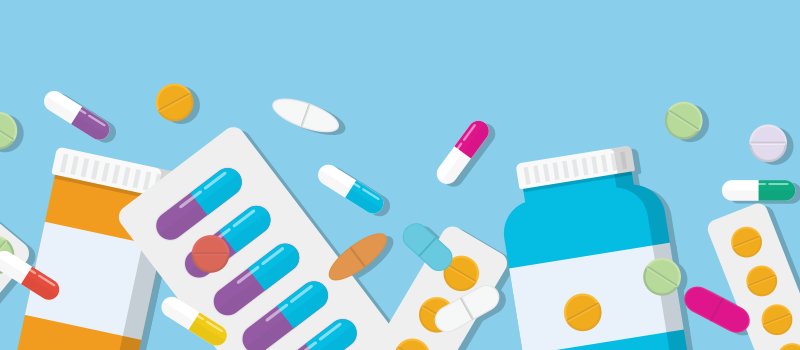
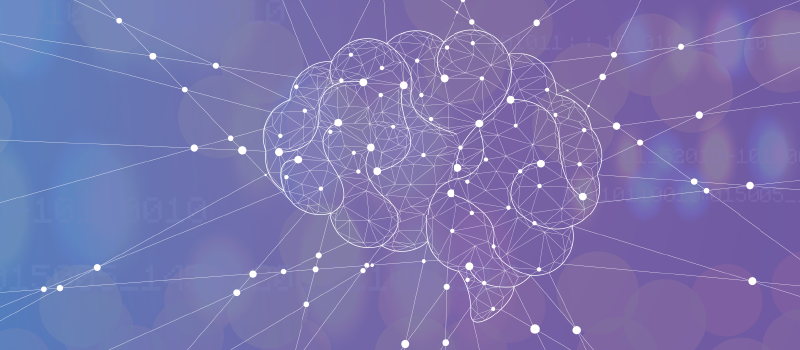
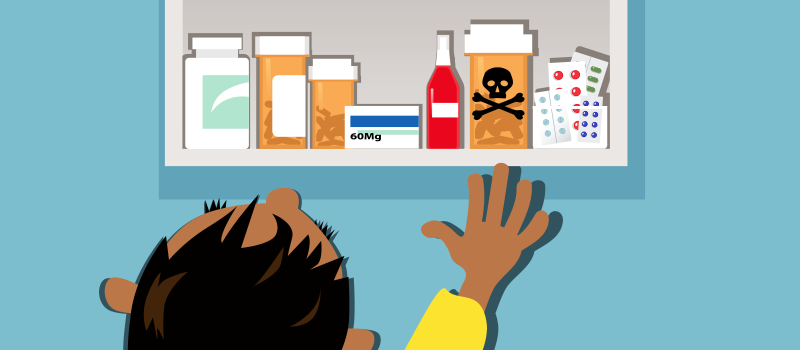
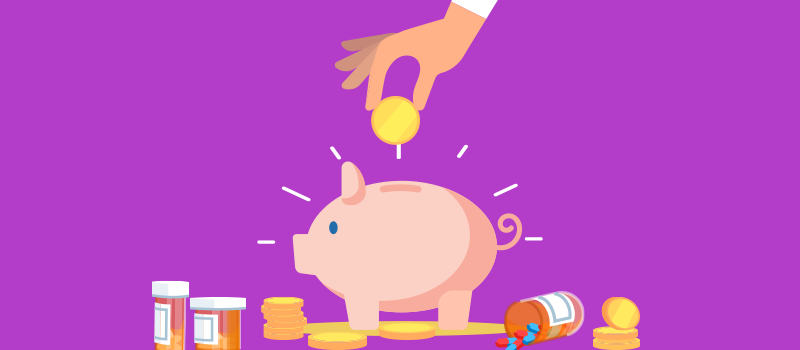
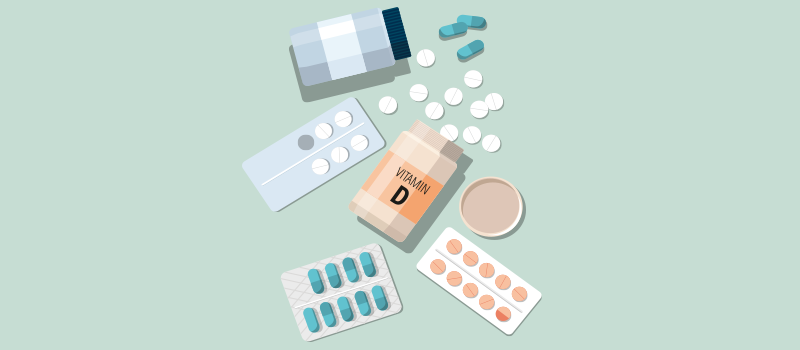

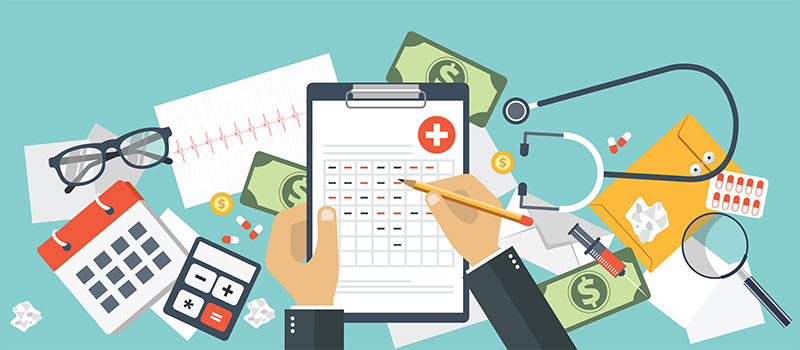
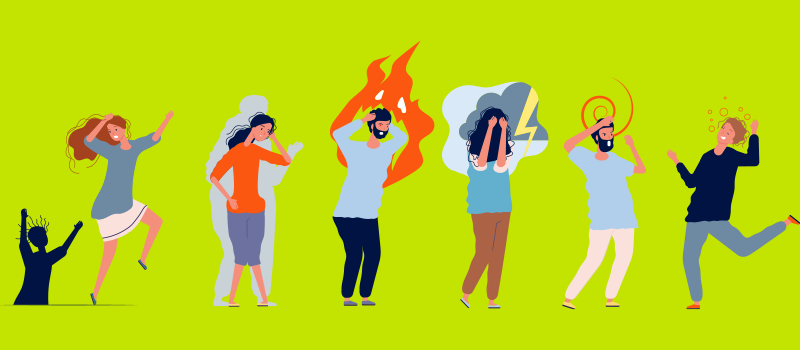

SOCIAL